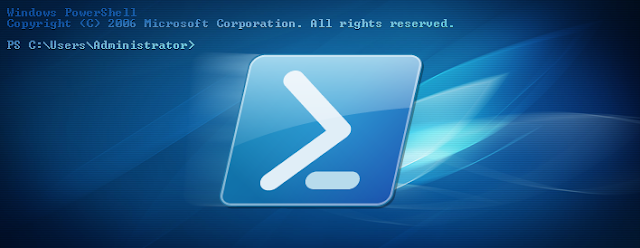Powershell and Offensive Security

PowerShell is a powerful and versatile tool that can be used for both defensive and offensive security purposes. In the context of offensive security, PowerShell can be used to execute malicious code, steal data, and bypass security controls. In this blog post, we will explore some of the ways that PowerShell can be used by attackers and how organizations can defend against these attacks.
PowerShell is a command-line shell and scripting language that is installed by default on Windows machines. It is designed to automate administrative tasks and is commonly used by IT professionals to manage Windows environments. However, PowerShell's capabilities can also be used by attackers to execute malicious code, steal data, and bypass security controls.
One of the ways that attackers use PowerShell is to execute malicious code. PowerShell allows attackers to execute code directly in memory, which can help them evade detection by traditional security controls such as antivirus software. Attackers can also use PowerShell to download and execute malicious code from remote servers, making it easy for them to deploy malware on targeted machines.
Another way that attackers use PowerShell is to steal data. PowerShell provides access to a wide range of system information, including user credentials, network configurations, and installed applications. By using PowerShell commands, attackers can easily retrieve this information and use it to further their attacks.
To defend against these attacks, organizations can take several steps. The first step is to monitor PowerShell activity on their networks. PowerShell logs can provide valuable information about the commands that are being executed and can help organizations identify malicious activity. Organizations can also use tools like Microsoft's PowerShell Script Analyzer to scan scripts for known malicious code.
Another important defense against PowerShell attacks is to limit the use of PowerShell in the organization. By default, PowerShell is installed on all Windows machines, but not all users need access to it. Organizations can restrict access to PowerShell by using group policies, limiting the use of PowerShell to authorized users only.
In addition, organizations can use application whitelisting to prevent unauthorized PowerShell scripts from running on their networks. Application whitelisting is a security measure that allows organizations to specify which applications are allowed to run on their networks. By whitelisting trusted applications and blocking all others, organizations can prevent attackers from using PowerShell to execute malicious code.
Another important defense against PowerShell attacks is to keep systems up to date with the latest security patches. Attackers often use exploits to take advantage of vulnerabilities in outdated software. By keeping systems up to date, organizations can prevent attackers from using known vulnerabilities to gain access to their networks.
In conclusion, PowerShell is a powerful tool that can be used for both defensive and offensive security purposes. While PowerShell can be used by attackers to execute malicious code, steal data, and bypass security controls, organizations can take steps to defend against these attacks. By monitoring PowerShell activity, limiting access to PowerShell, using application whitelisting, and keeping systems up to date with the latest security patches, organizations can protect themselves from PowerShell-based attacks.